I designed and manufactured a custom lighting solution for my bicycle. Here I could’ve bought off the shelf lights for relatively little money, but the more affordable ones all use disposible AA or AAA batteries which are wasteful and expensive.
I already had a waterproof USB power bank with a suitably bright light on it and I decided to make use of this for the front light and power the rear light using the USB port. The first step was to design and manufacture a mount for the powerbank which would sit on the handlebars, and this is shown in the first picture. It is designed to grip the light’s rubber surface and is a perfect snug fit – the usb port and bung then mechanically lock this in place when plugged in.
I then made a matching rear light using some scrap LEDs from an old GU10 light bulb and a damaged USB cable.
I 3D printed all the components on my Creality CR-10 mini using a combination of PETG and flexible TPU filament. I chose these materials as they have good water, chemical and UV resistance and are cheap. In addition, they also are very resillient materials and are therefore suitable for high vibration applications like on a bicycle.
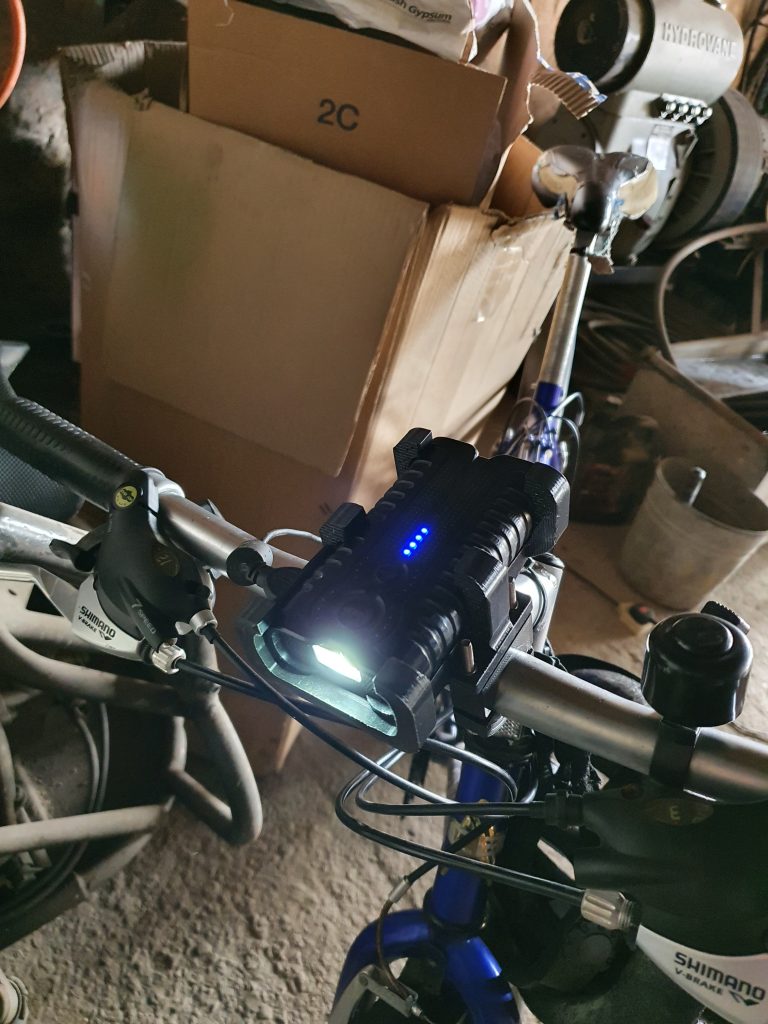
I designed and 3D-printed a mount for the front light which is a powerbank that powers the rear light via USB. This is a great system as the powerbank is rechargable and removable which maximises flexibility. 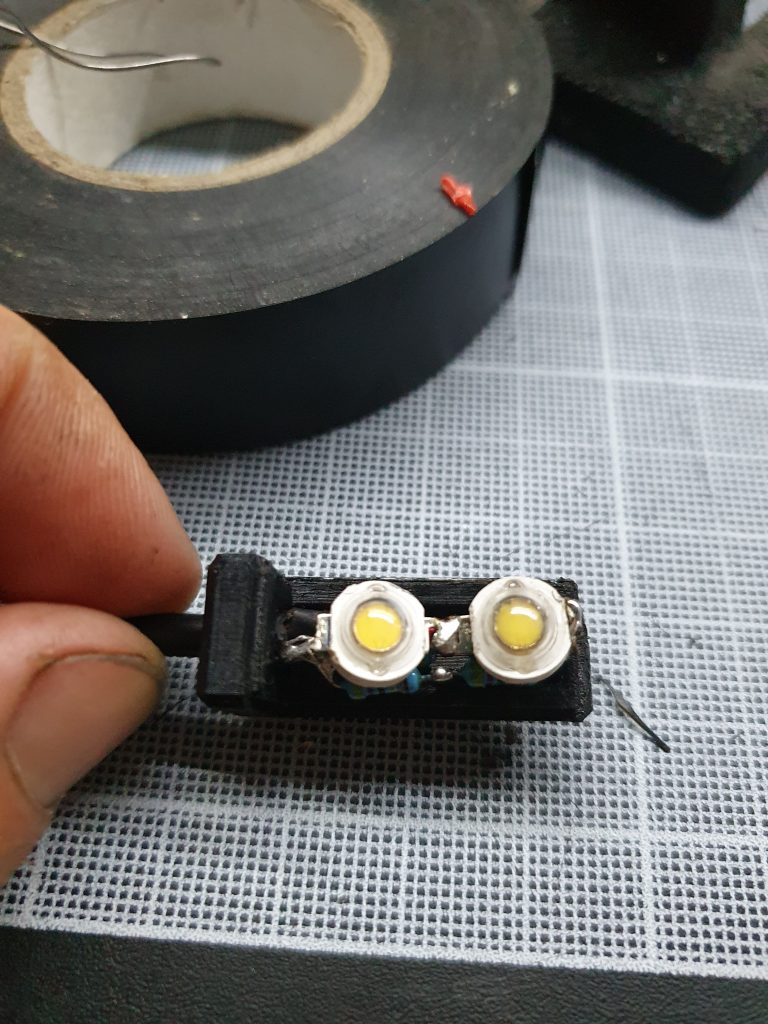
I re-cycled two white button LEDs from an old GU10 light fixture in which the power supply had failed. These were perfect for the application as they are 3V each and so can be run at ~80% capacity from the USB output of my bikes front light when in series. I also had to include a resistve load to increase the current draw from the power bank and prevent it from going to standby. 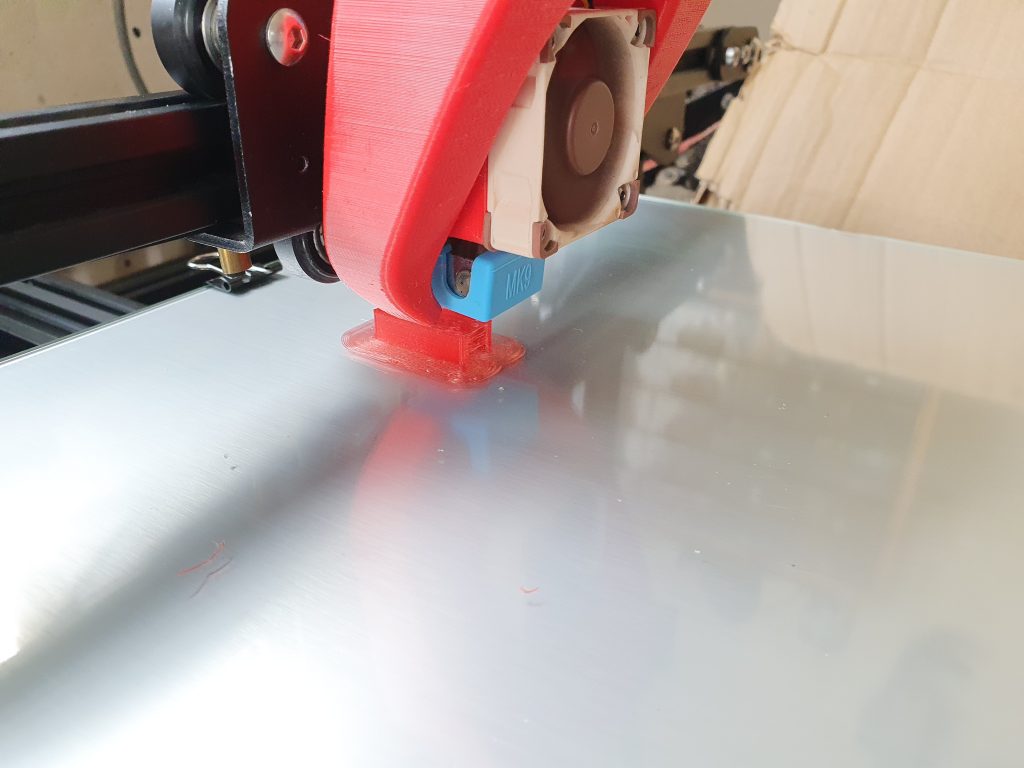
I printed the red lense in flexible TPU filament as I happened to have translucent red available. This also has the advangtate of sealing more closely against the hard PETG housing. 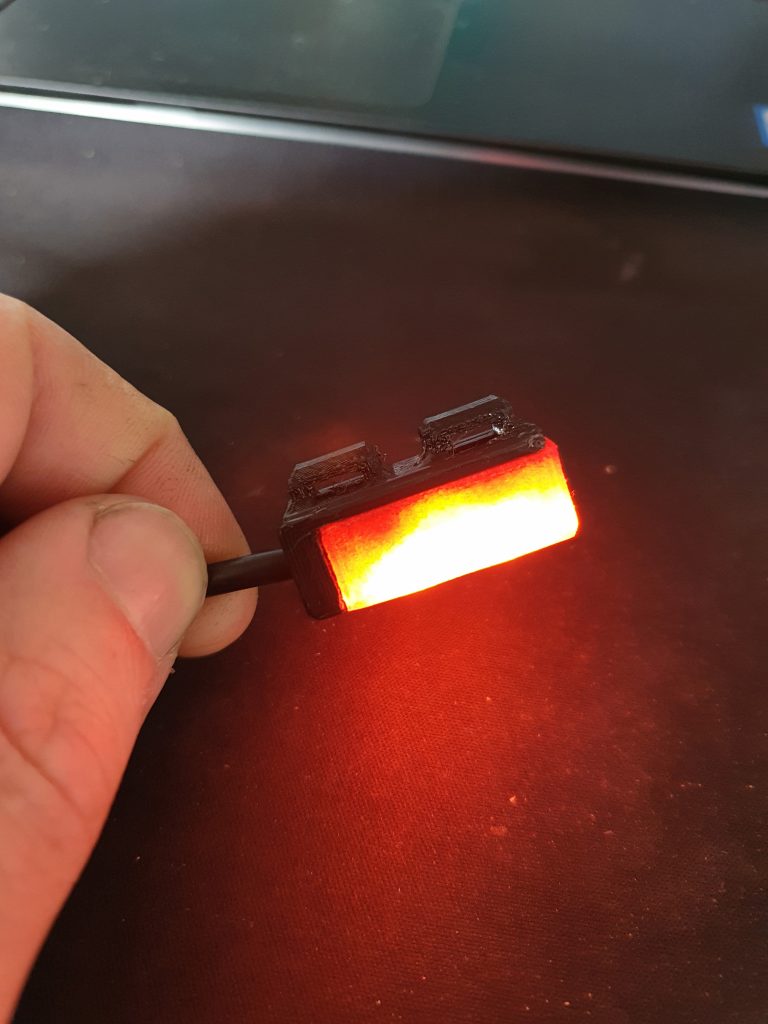
Testing the light 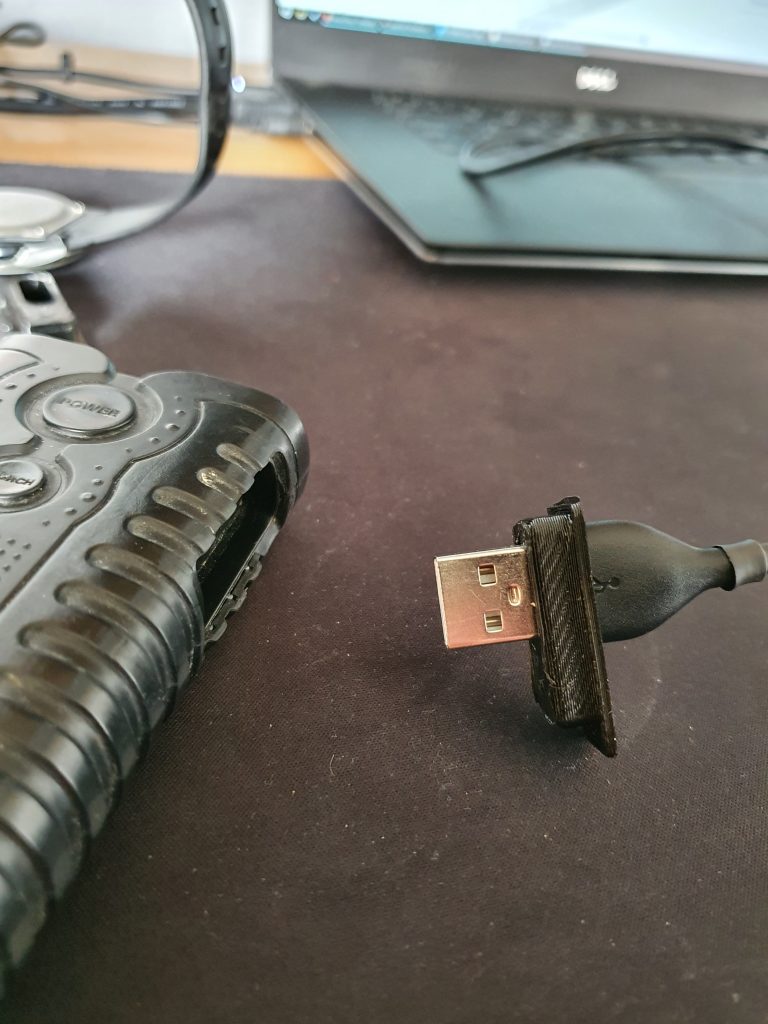
I also designed and 3D printed a flexible TPU plug wich fits around the USB port, preventing water ingress while allowing the rear light to be plugged in. 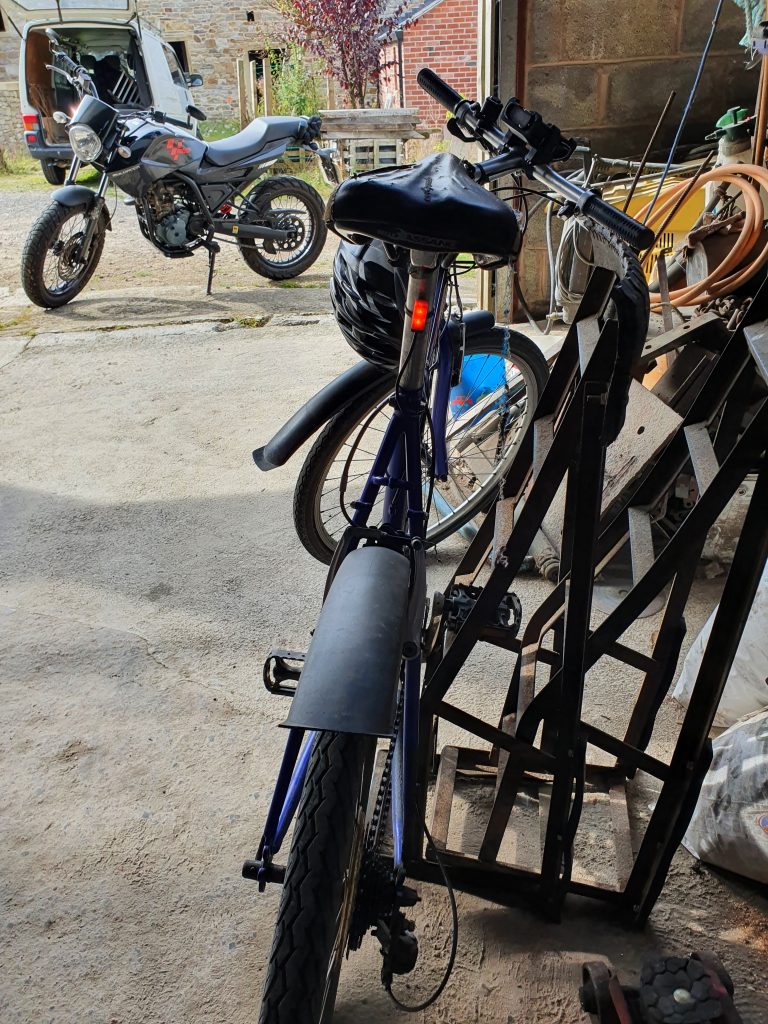
The light in situ. Having tested the light in the dark, it is clear to see that it is suitably bright for the application.
